Report this entry
More from the same community-collection
Mariachi Paso Del Norte - El Paso, Texas
Mariachi Paso Del Norte performed in a richly religious and ...
EPHS Class of 1986 at El Paso High Centennial
EPHS Class of 1986 at the El Paso High Centennial football game ...
UTEP Centennial Plaza, El Paso, Texas about 2016
UTEP's Centennial Plaza in its splendor. The University of Texas ...
Saint Patrick Pastor Msgr. G. W. Caffery
Saint Patrick Cathedral El Paso Texas Pastor Msgr. G. W. Caffery ...
Saint Patrick's Cathedral Elementary School - 1952
Saint Patrick's Cathedral School - 1952 Back Row: Sister Mary ...
Chinese Students and American Teachers - 1900
Chinese students and American teachers in the year 1900 in El ...
I-10 Eastbound Collector-Distributor Lanes
These two pictures show the stark difference in the landscape ...
Beam Placement Near North Mesa Street
New bridge beams are now in place along I-10 near the North Mesa ...
Formwork Near Ramps at Sunland Park & Paisano Drive (US 85)
Formwork is the process by which liquid concrete is poured, ...
Work on Paisano (US 85) Bridge El Paso, TX, 2016
Ever wonder how bridges are built? This image captures part of ...

















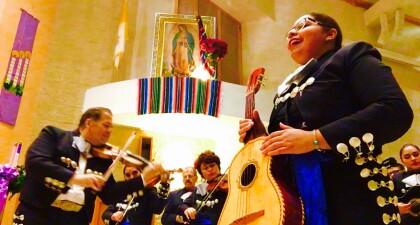
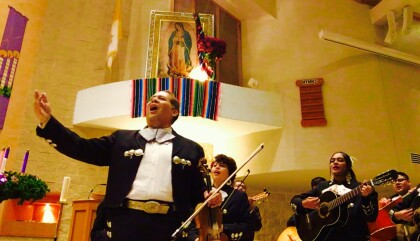

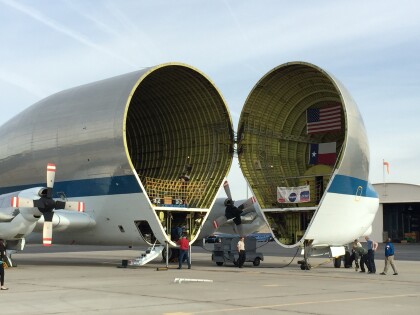
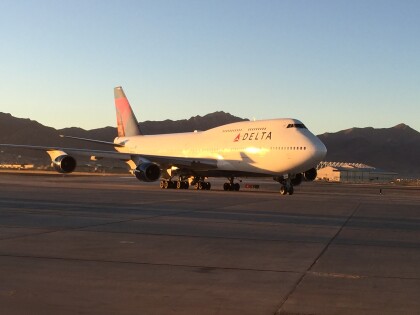
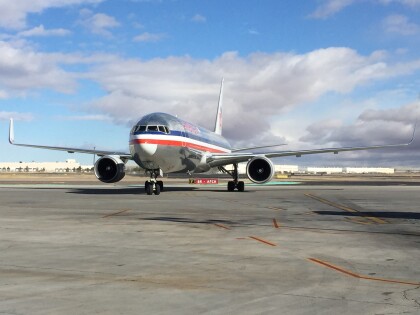
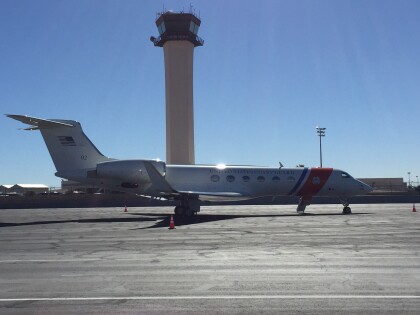
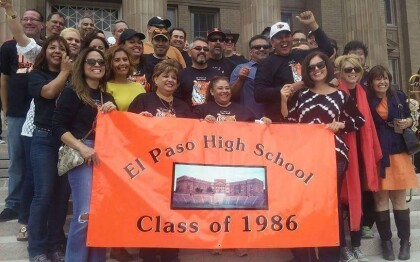
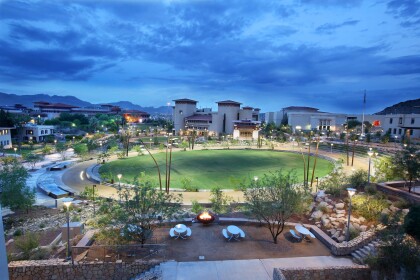
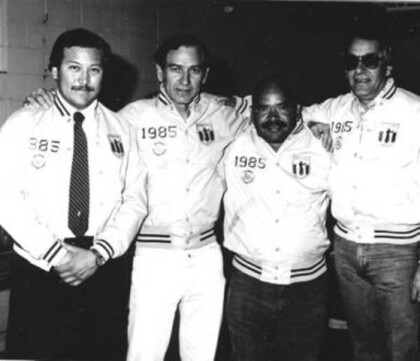
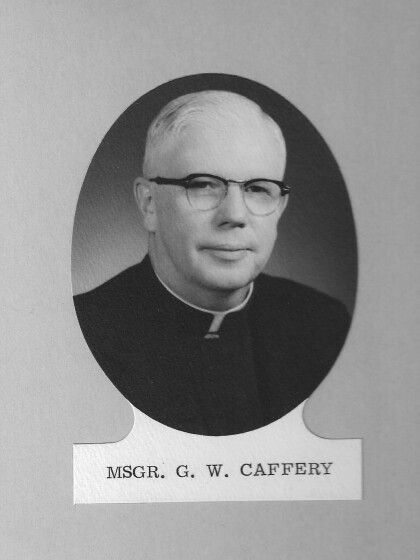
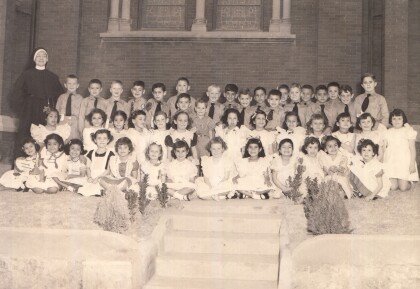
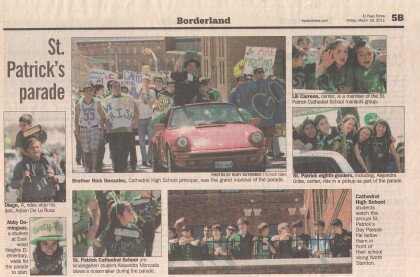
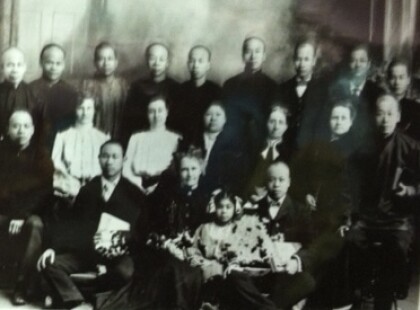


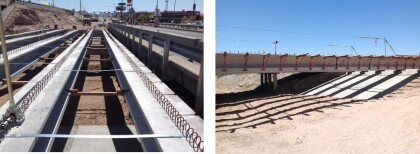
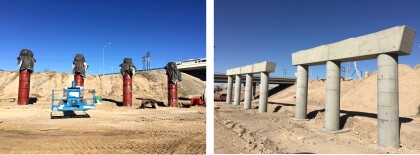
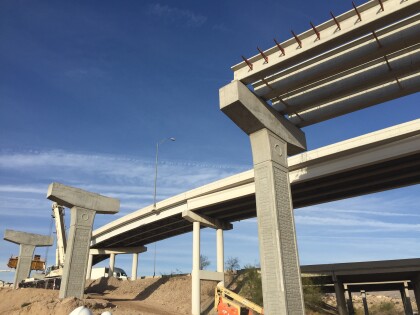
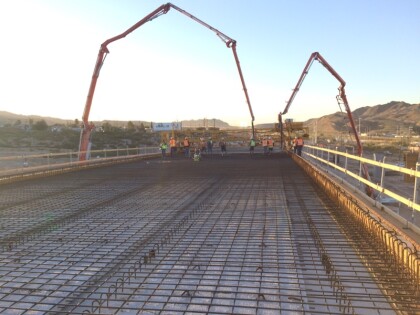



Comments
Add a comment